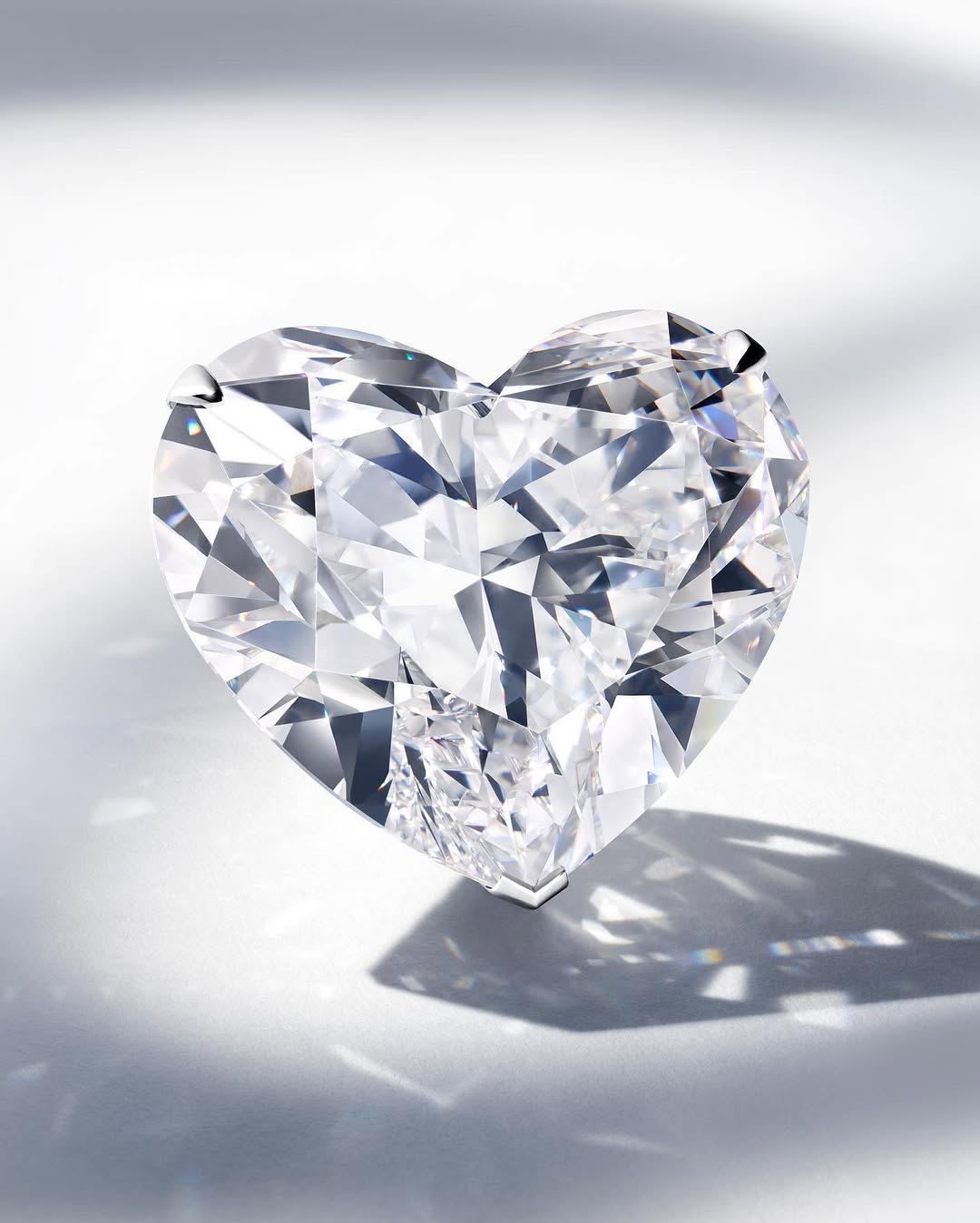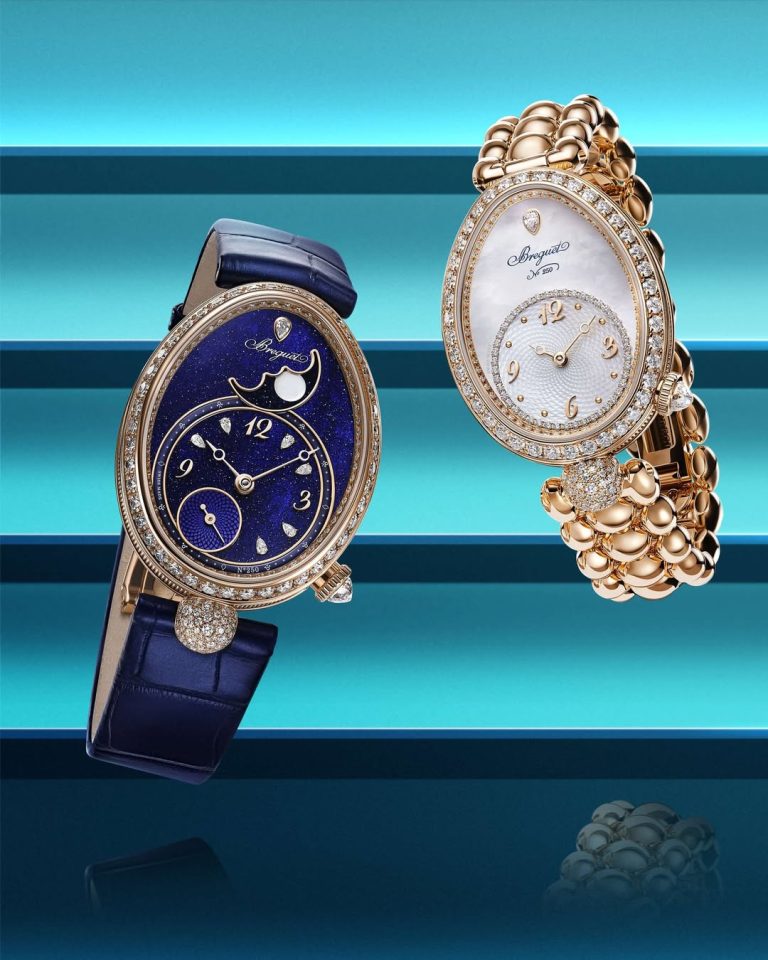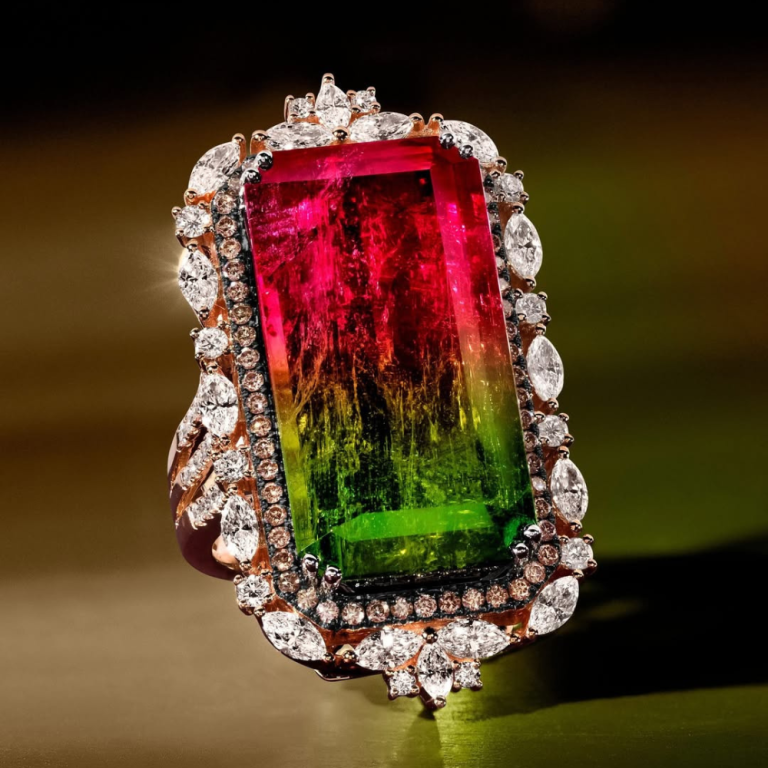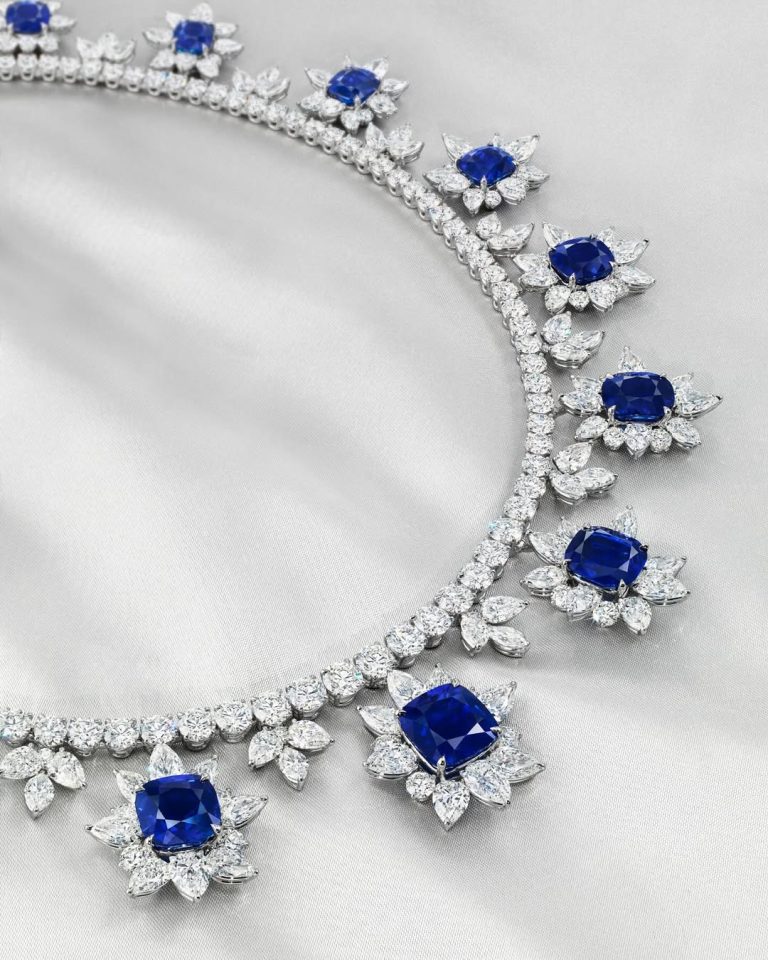For a jewelry collector, few decisions carry the weight of selecting the perfect diamond. Beyond carat, clarity, and color lies a nuanced world where diamond shapes vs diamond cuts dictate how a diamond interacts with light, enhances style, and asserts its presence. Many buyers assume these terms are interchangeable, but for the discerning collector, the distinction is profound—one governs the diamond’s silhouette, the other its soul.
Diamonds are more than gemstones; they are crystallized artistry, each shaped over millions of years. Understanding diamond shapes vs diamond cuts allows collectors to elevate their selections from mere jewelry to curated masterpieces. Every choice in shape and cut influences not only appearance but also the emotional and investment value of a diamond.
Diamond Shapes vs Diamond Cuts: Why Shape Matters
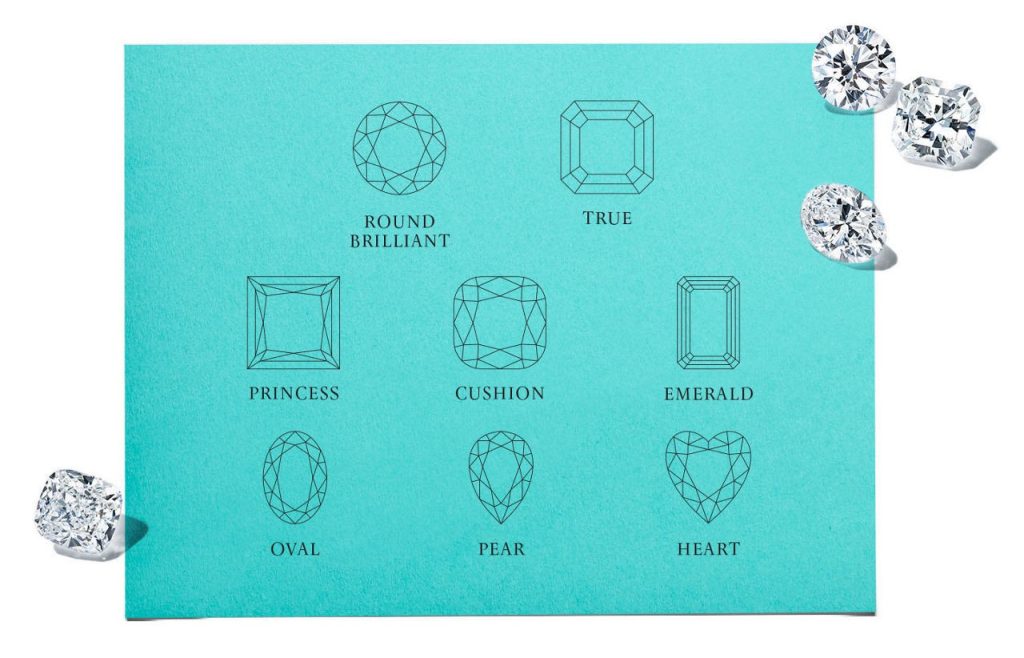
The shape of a diamond refers to its external form—the outline or silhouette seen when viewed from above. Shape is the first thing the eye notices and often dictates the jewelry design, finger placement, or display setting. Collectors consider shape not only for aesthetic appeal but also for versatility across settings.
Popular diamond shapes include:
- Round: The classic silhouette, prized for symmetry and brilliance.
- Princess: A square shape with pointed corners, offering a modern edge.
- Cushion: Rounded corners on a square or rectangular outline, exuding vintage charm.
- Emerald: Step-cut facets highlight clarity and depth, creating a stately, elegant presence.
- Oval, Pear, Marquise: Elongated shapes that appear larger than their actual carat weight.
- Radiant and Heart: Unique and bold, often reserved for statement pieces or symbolic jewelry.
The choice of shape influences more than appearance. It dictates how a diamond is cut, how light travels through it, and how it harmonizes with other pieces in a collection. For visual reference, Tiffany & Co. provides a detailed guide to shapes (Tiffany Diamond Shapes).
Diamond Shapes vs Diamond Cuts: Understanding Brilliance Through Cut
While shape defines the outline, cut defines the diamond’s inner artistry—how light reflects, refracts, and sparkles. A poorly cut diamond can appear dull even with perfect color and clarity; conversely, a masterfully cut stone can dazzle beyond its carat weight.
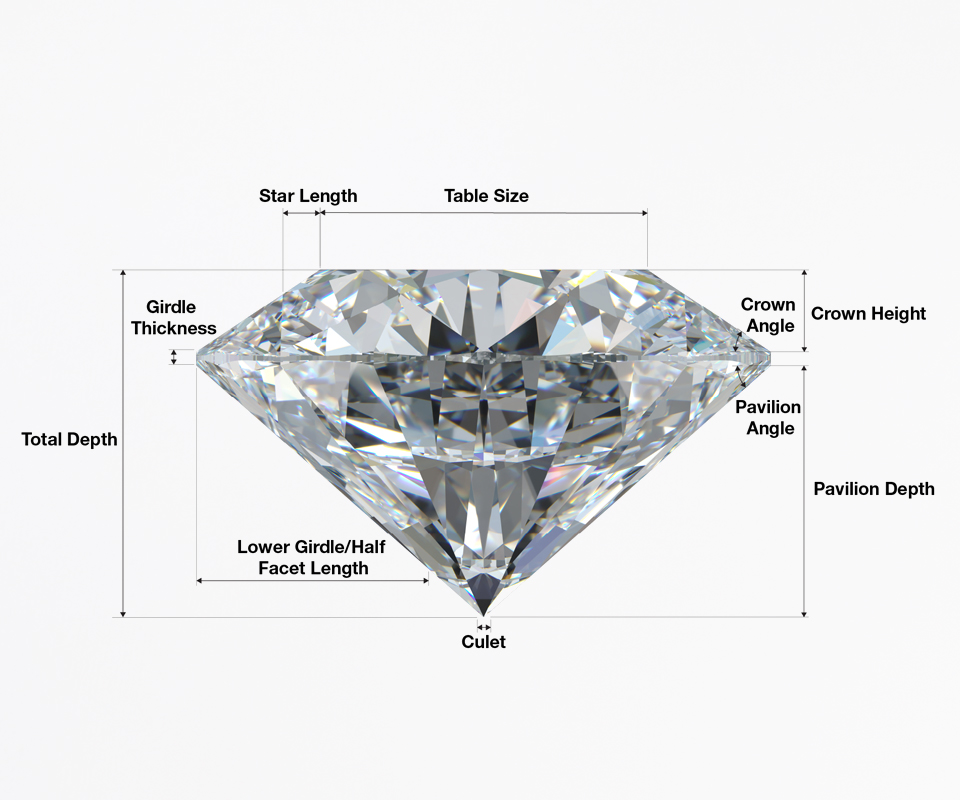
Cut quality is evaluated using three factors:
- Proportions: Angles and depth of the crown, table, and pavilion to maximize light performance.
- Symmetry: Accurate alignment of facets ensures even light reflection.
- Polish: Smooth, well-polished surfaces allow optimal light interaction.
The GIA grades round brilliant diamonds on a scale from Excellent to Poor. Fancy shapes are assessed by proportions, symmetry, and polish, but do not receive a formal cut grade. Collectors should understand that cut impacts more than sparkle—it affects the perceived size, the diamond’s presence in a jewelry piece, and ultimately, its long-term value.
How Diamond Shapes vs Diamond Cuts Interact
Though distinct, shape and cut are intertwined. The diamond’s shape sets boundaries for how it can be cut to achieve brilliance. For example:
- Round diamonds: Their symmetry allows optimal faceting, creating unmatched fire.
- Step-cut shapes (emerald, Asscher): Emphasize clarity, with flashes of light that differ from brilliant cuts.
- Elongated shapes (oval, marquise, pear): Appear larger and lend drama, making them ideal for rings or pendants that demand impact.
A well-executed cut can compensate for shape limitations. Cushion-cut diamonds with modified brilliant facets can rival round diamonds in brilliance, despite a less symmetrical outline. Understanding this interplay is key for collectors seeking both beauty and investment value.
Collector Considerations: Beyond Aesthetics
For jewelry collectors, evaluating diamond shapes vs diamond cuts involves balancing style, rarity, and future value:
- Investment potential: Diamonds with excellent cut grades maintain value and can appreciate, regardless of shape. Rare fancy shapes like Asscher or cushion in superior cuts are especially prized.
- Wearability: Certain shapes suit specific jewelry types or finger proportions. Elongated shapes flatter longer fingers; round shapes work universally.
- Curation strategy: Building a collection with complementary shapes and cuts allows versatility across occasions and settings.
Understanding this distinction elevates collecting from a purchase into curation of artistry. Every shape and cut choice conveys intent, taste, and sophistication.
Common Misconceptions About Shape and Cut
- Shape equals cut: “Round cut” often confuses buyers—round refers to the shape, while cut describes the facet proportions.
- Carat dictates brilliance: Even large diamonds can appear lifeless if poorly cut.
- All fancy shapes sparkle equally: Only round brilliant diamonds have standardized cut grading; other shapes rely on precise proportions for optimal light performance.
By understanding diamond shapes vs diamond cuts, collectors avoid costly mistakes and make more informed, confident acquisitions.
Expert Insights
“The cut of a diamond is one of the 4Cs—along with Carat, Clarity, and Color. It does not refer to the diamond’s shape, but rather its proportions, symmetry, and polish. These factors determine brilliance and fire, which are what make a diamond truly captivating.” — Forevermark
Collectors should prioritize cut quality alongside preferred shape. A diamond may be visually stunning in silhouette, but without excellent cut craftsmanship, its brilliance will be muted.
Educational Resources for Collectors
For a deeper dive into diamond shapes vs diamond cuts, these sources offer comprehensive guidance:
- GIA: Diamond Cut
- Tiffany & Co.: Diamond Shapes
- Brilliant Earth: Diamond Cut Guide
- Forevermark: Shape and Cut Guide
These resources can help collectors understand the technical aspects of diamonds while also appreciating their artistry and investment potential.
Conclusion: Elevating Collecting Through Knowledge
For the dedicated jewelry collector, mastering the distinction of diamond shapes vs diamond cuts transforms the act of acquisition into curation of wearable art. Shape dictates style; cut dictates brilliance. Together, they determine whether a diamond merely exists on a finger or becomes a luminous statement of taste and discernment.
Investing in diamonds with excellent cut and considered shapes ensures your collection is not only beautiful but enduring. Indeed, your collection becomes a true reflection of your eye for detail, passion for craftsmanship, and understanding of the subtle science behind brilliance.
Ultimately, appreciating diamond shapes vs diamond cuts allows collectors to select pieces that are visually stunning, technically superior, and capable of becoming cherished heirlooms for generations.
Featured image: Graff

Sewelo is a world where jewelry, watches, and objects come alive in a shimmering dance of fantasy. Through a literary lens, we celebrate the beauty and elegance that make these treasures more than just possessions.

